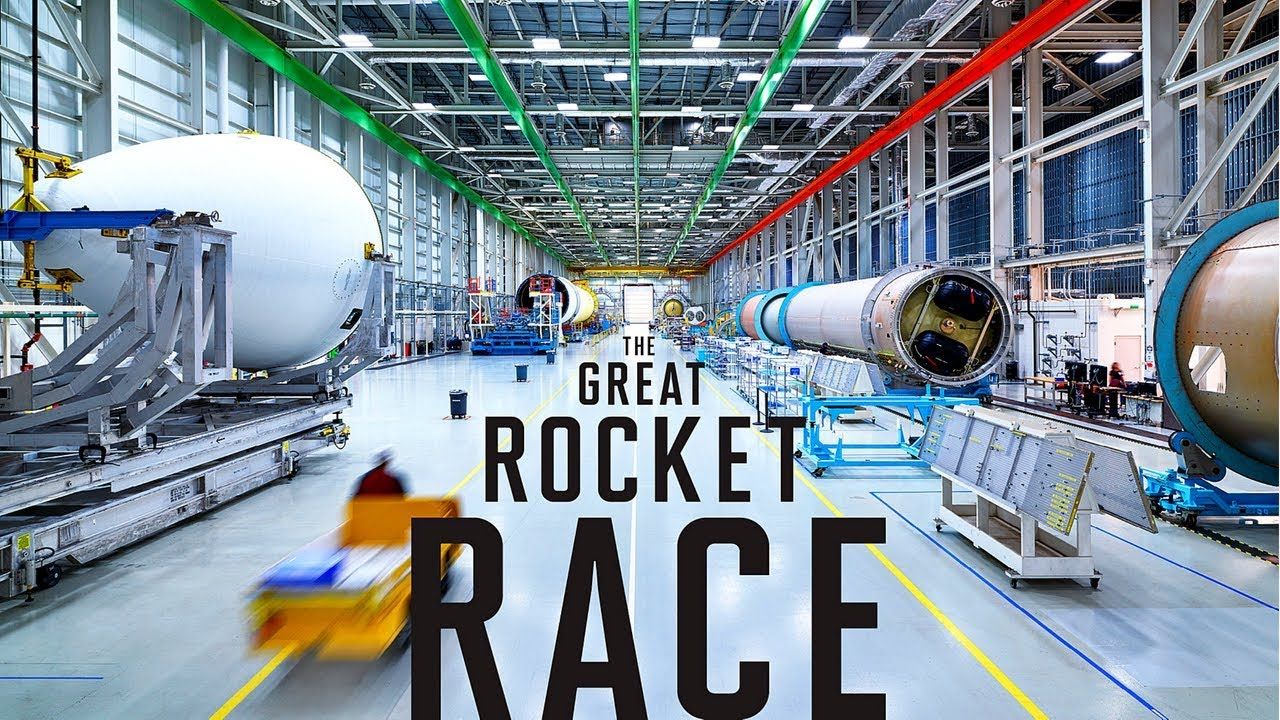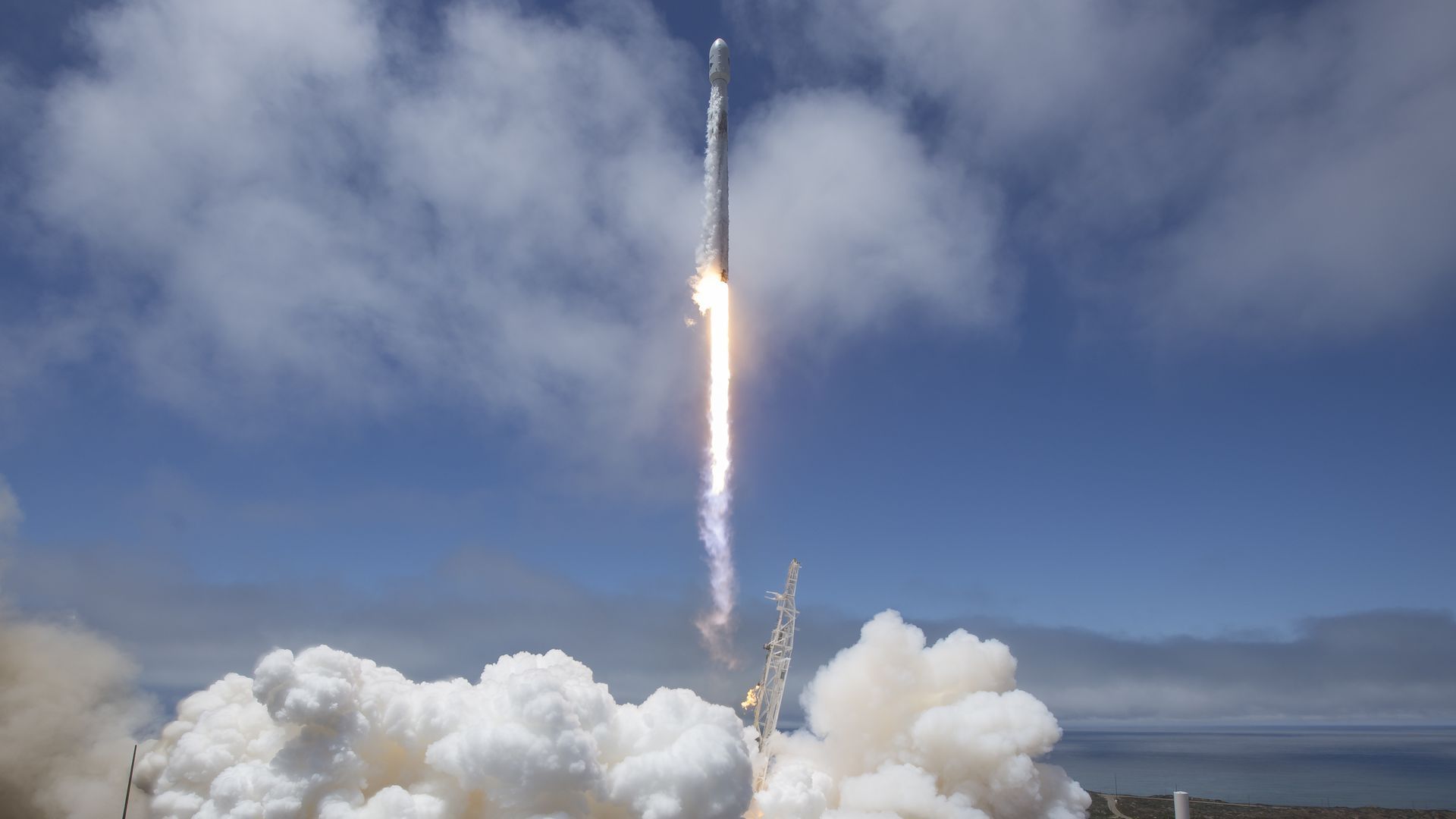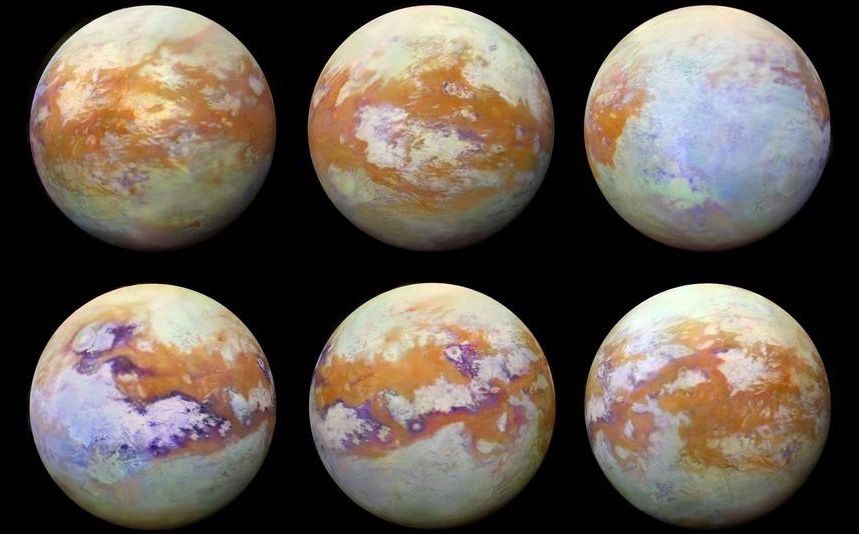Jul 30, 2018
A Moon For All Mankind
Posted by Klaus Baldauf in categories: bioengineering, space travel, virtual reality
Few in life get to walk on the Moon. Samsung says, do what you can’t. Working with creative agency Iris and engineering experts Mannetron, Framestore proudly joined Samsung’s mission to bring space travel to all, in the approach to the 50th anniversary of the first lunar landing. ‘A Moon For All Mankind’ is the world’s first lunar gravity simulation VR experience, created in collaboration with NASA Johnson Space Center (JSC), using the Samsung Gear VR and a custom-built rig. Having launched under embargo at the 2018 Winter Olympics and at Mobile World Congress, July sees the experience land publicly at Samsung 837, in New York City.

















